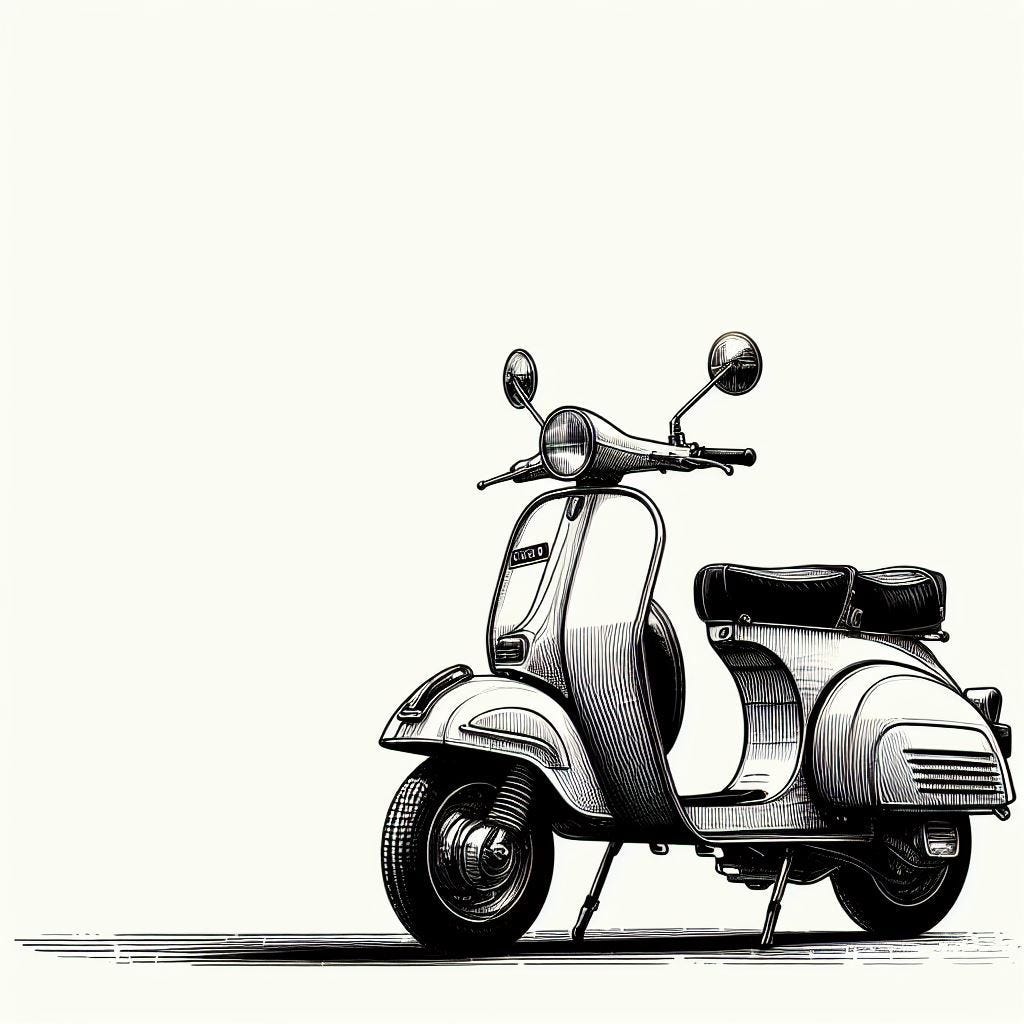What We Believe
Design Simplified.
The Experience Architect
Starter Kit.
Ehab here. I’ve been a Silicon Valley design leader in tech for over 20 years, and if there’s one thing as an industry we overcomplicate, it is design. While designing for people is hard, it does not need to be complicated. It’s time to rethink how we design technology, and I’ve got some quirky ideas to help.
1 | Apply technology to design, not the other way around.
Design is a team sport. While we all need technology to innovate, technology does not dream…people do. It is people that inspire IDEAS that shape a point of view of what might exist in the world. The work of designers turns vision into something tangible, something closer to magic. So when you focus more on technology than design, you end up wasting your technology.
2 | True empathy is rare.
We believe people did not evolve to have empathy for everyone, so recommending it is pointless and a waste of time. To borrow a journalist’s expression, “To know there, you have to go there.” We are the direct descendants of people who interacted mostly with others very much like themselves. For empathy to sink in, it’s important to get immersed and feel, truly feel the point of view of the other. Only then, will the knowledge of empathy seep into your work.
3 | There are no templates.
Design is a never-ending journey of discovery. Despite the claims of design influencers, podcasters, and speakers, there are no magic frameworks, models, or methodologies that can show us the way. There is only care, curiosity, and a commitment to creating a better design to guide us. Repeat to scale. In a way, great human-centered design is love made visible, with people acting on love in different ways. So when you see the over-complication industry over-complicating design, do your best to ignore. The reality is that every creative effort wrestles with its own constraints, making each challenge unique, messy, context-specific and chock-full of setbacks.
4 | Tinkering is your superpower.
The evidence is clear: We learn best by doing. Think of it as your creative algorithm. By generating different ideas and playing them out, you begin to refine, shape and realize the vision you set out to make. The world is far too complex for any one person to predict anything. So let’s not kid ourselves that we know all the answers. But with a tinkering mindset, you hack the long tail of design to find its hidden gems. As Linus Pauling said, “If you want to have good ideas, you must have lots of ideas and learn to throw away the bad ones.”
5 | Collaboration theater harms simplicity.
We prefer smaller, dedicated teams that don’t just collaborate, but deliberate, sometimes with passionate intent. In larger projects, collaboration is vital for great design. But equally true are the collaboration headwinds that come up, slowing things down and muddying the waters. Instead of removing obstacles and friction from the design process (a hallmark of great design itself), more and more people over-complicate things with more ceremonies, more post- and pre-mortems, more of everything. Sure, some meetings are obvious, but fewer than we think. Modern work shouldn’t be this complicated.
6 | Good research is vital, but illusive.
We are passionate about understanding the user, in both qualitative and quantitative ways. We believe that the closer you get to the customer, the better. Oddly, they’re also the ones most often excluded from the creative process. Folding them in, along with data, is a recipe that helps designers focus on the right things.
7 | Beauty matters.
Design is a funny thing. While it’s about form AND function, human behavior is often irrational. Not surprisingly, our hearts and minds are instantly drawn to beautiful things. Beauty in design matters on two levels: First, it communicates in a subconscious way qualities about the object and its designer; second, it triggers an instant positive reaction, often called the “beauty response.” But a word of caution: While aesthetics can draw you in, if it doesn’t work, it can also break your heart.
8 | Our Mission
People make design too hard. We don’t. The Experience Architect aims to provide you with actionable tips, tactics and inspiration to design better, simply. We cover the practice of design across multiple domains, mostly tech, with detours into architecture, industrial design, hospitality, and urban planning. No complicated frameworks or opaque models, just a focus on simplifying your work, so you have the time and freedom to do your best work.
Subscribe today. It’s free. If you believe we can and should simplify design, spread the word.
What to Expect:
Actionable advice to simplify design for people. Topics covered are relevant to designers across multiple domains, but mainly tech. It’s highly relevant for UX designers and product leaders and anyone interested in designing human-centered experiences.
Creativity, user experience, and thoughtful design is the focus. People make design too complicated. We go deep into untangling ourselves from the over-complication industry that is getting in the way of your design.
An independent voice. I don’t take sponsorships of any kind, and disclose any affiliation I would have with companies covered.
- The Experience Architect


